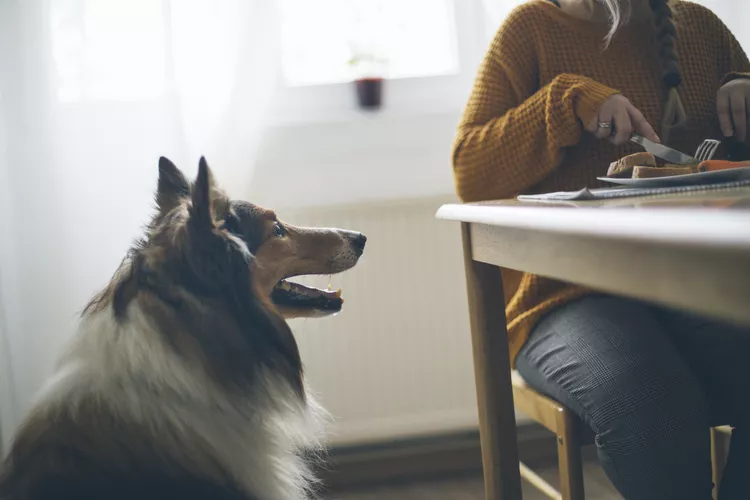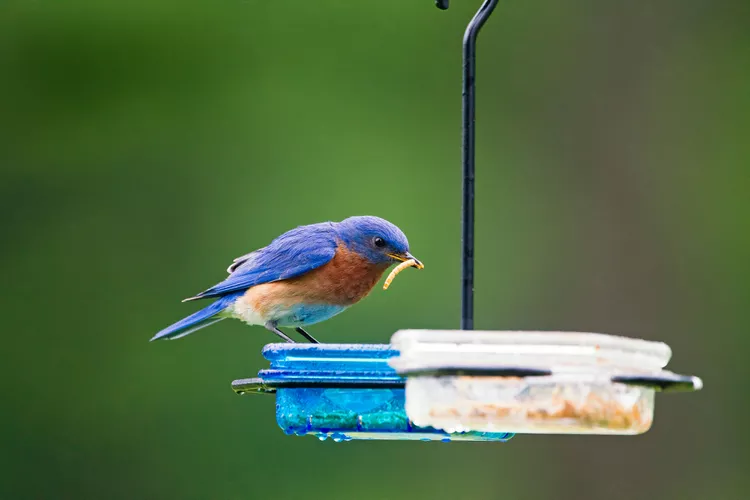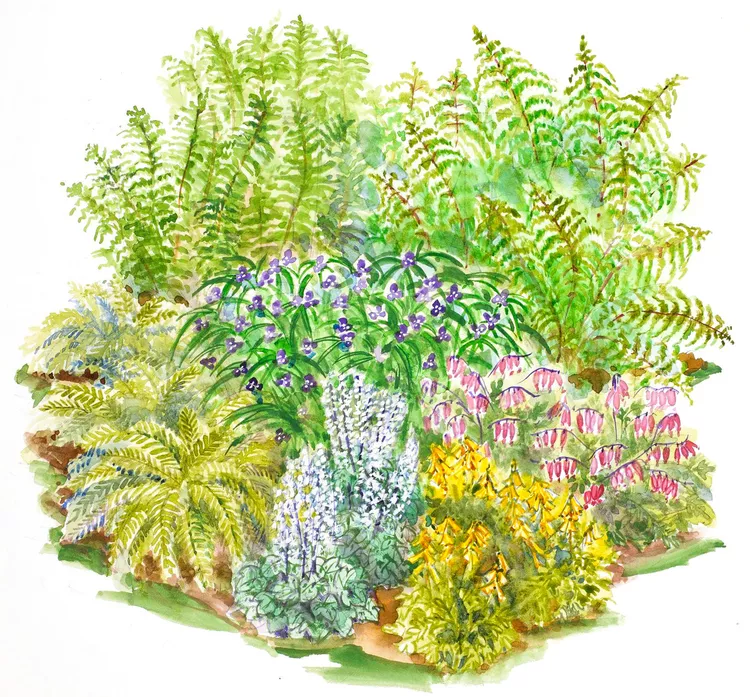
Ascites in dogs is an abnormal buildup of abdominal fluid that occurs as a result of an underlying disease. Several health conditions can cause ascites, and ignoring the symptoms can be detrimental to your dog's health. Learn the signs, causes, and treatment of ascites in dogs so you can help your pup feel better soon.
Ascites in dogs is free fluid floating in the abdomen. This is not a disease itself, but a sign of a serious underlying medical problem.
The abdomen contains many organs including the kidneys, intestines, stomach, liver, spleen, bladder, and others. There is normally very little fluid that is outside of these structures. When ascites develops, the organs are surrounded by fluid that is freely floating around in the abdomen.
A dog with ascites may experience few symptoms at first. As the fluid continues to build up, you may notice several signs of illness:
The most obvious sign of ascites in dogs is a swollen belly. This swelling or distension is due to the excess fluid that is accumulating in the abdomen and makes a dog appear bloated. An abdomen that is filled with fluid will be larger and rounder than normal as the volume of fluid stretches the abdominal walls. This process is similar to a balloon being slowly filled with water.
As with most animals, a sick dog with ascites will often seem lethargic because of the underlying medical issue that is causing the fluid to accumulate.
Abdominal swelling puts pressure on the diaphragm, which can make it harder for the dog's lungs to expand during breathing. This can result in labored breathing or panting.
Weight gain may be noted due to the excessive fluid in the abdomen. Often, the dog will not appear overweight aside from a bloated belly.
A dog with ascites will often have a poor appetite because of the swollen abdominal area and feeling of fullness. Additionally, the underlying cause of the ascites may cause nausea, pain, or malaise that makes a dog not want to eat.
Vomiting may be seen in cases of dogs with ascites where the pressure of the fluid is pushing on the stomach and diaphragm. Or, the underlying cause of the ascites may cause nausea.
Abdominal swelling will cause discomfort or pain in your dog. The dog may stand in a hunched position or have trouble getting comfortable. They may flinch or move away if you touch their belly.
Ascites in dogs occurs as a result of an underlying condition, and some are more common than others.
Your veterinarian will perform a full physical examination and may recommend imaging like X-rays or ultrasound to visualize the abdomen. Fluid will obscure details on an X-ray, so an ultrasound may be the next step if fluid is seen on X-rays. Your veterinarian will look for free fluid in the abdominal cavity along with any abnormalities that could cause the fluid accumulation.
If ascites is seen on imaging, your vet may order blood tests, urine tests, and fluid sampling to find the underlying reason for the condition.
The vet may also opt to tap the abdomen using a needle and syringe to see if fluid is present. If it is, this fluid may then be analyzed by a laboratory to see what kind of cells it contains and help figure out where it is coming from.
The treatment of ascites will vary depending on what caused it in the first place. Three common types of treatment for ascites in dogs include:
A dog's prognosis will depend on the underlying cause of the condition. Ascites can signal a poor outcome for the dog, but some conditions can be managed long term.
Since there are so many causes of ascites in dogs it is hard to prevent it. The best thing you can do to help keep your dog healthy and prevent ascites from occurring is to have regular veterinary examinations and blood work performed to look for any abnormalities. This can help detect diseases that can cause ascites in their early stages and prevent fluid from building up in the abdomen.

How to Keep Your Kitten Safe While Playing
While letting your kitten play and explore is important to its mental development, you need to make sure that what it's playing with is safe.
Kitten Development From 6 to 12 Weeks
Learn how kittens develop during the first 6 to 12 weeks and what signs of development you need to look out for with these tips.
5 Common Foods In Your Pantry That Are Not Safe For Your Pets
One potato chip is not going to hurt your pet, but there are other foods that can. Learn which to avoid and some safe foods that can be used as treats.
Fleas in Dogs
If a dog scratches, does that mean it has fleas? These biting bugs are no fun for dogs or their owners. Learn the causes, treatment, and prevention.
Can Dogs Eat Papaya? What to Know About Sharing This Tropical Fruit With Your Pup
Papaya is safe for dogs in moderation, and it can even provide some nutritional value for them. However, too much can cause digestive upset, and it's not suitable to share with dogs with certain health conditions.
Can Dogs Eat Parmesan Cheese?
It's no secret that dogs love cheese, but what kinds of cheese should you avoid? Is Parmesan cheese a good option to treat your pup to?
10 Cat Breeds That Have Blue-Colored Coats
Blue cat breeds have a uniquely colored coat that makes them stand out. The eye-catching blue coat often appears light to dark grey.
Sphynx: Cat Breed Profile, Characteristics & Care
The sphynx cat is a hairless cat breed known for their playful and affectionate nature. These cats do have special needs. Learn about the sphynx cat breed’s appearance, temperament, health, and care.
Border Collie: Dog Breed Characteristics & Care
Learn about the border collie, a popular herding breed. They're a smart and energetic dog that's also a great companion to the right pet parent.
Beagle: Dog Breed Characteristics & Care
Learn about the beagle, one of the most popular dog breeds in the world. They are known for being a cheerful, comical, loud, and energetic family dog.
How to Grow and Care for Living Stones
Find out how to grow living stones, unique miniature succulents that look like pebbles. This guide covers how to care for living stone plants, including watering them just right to keep them thriving.
How to Grow and Care for a Money Tree Indoors
Money trees make beautiful, easy-care houseplants. Use this guide to grow a money tree indoors.
How to Attract Bluebirds to Your Yard: 11 Must-Know Tips
These tips on how to attract bluebirds will help you create a welcoming habitat. Discover the best types of foods, birdhouses, water sources, and more for attracting bluebirds.
How to Propagate Clematis from Cuttings and Layering
Learn how to propagate clematis successfully with this step-by-step guide on two different techniques.
How to Plant and Grow Black Chokeberry
Learn how to use and care for this low-maintenance native shrub, including planting tips and the best types of black chokeberry to grow.
This Low-Water Garden Plan Will Look Vibrant Through Droughts
This low-water garden plan will keep your plants vibrant all throughout the hot, humid summer.
This Woodland Garden Design Overflows with Shade-Loving Plants
Easy-care native ferns add luxurious foliage from spring to fall. Other shade-loving perennials complement the soft textures with colorful blooms.
11 Essential Tips for Growing Vegetables from Seed for Beginners
These beginner-friendly tips on growing vegetables from seed will help you successfully kick off your edible garden in spring.
Should You Use Shredded Rubber Mulch in Your Garden?
Rubber mulch is widely touted as a game changer in landscaping, but does it live up to the hype? Find out the pros and cons of using rubber mulch.
How to Plant and Grow Cattail
Learn to care for this easy-growing aquatic plant, including tips for pruning, propagating, and planting.